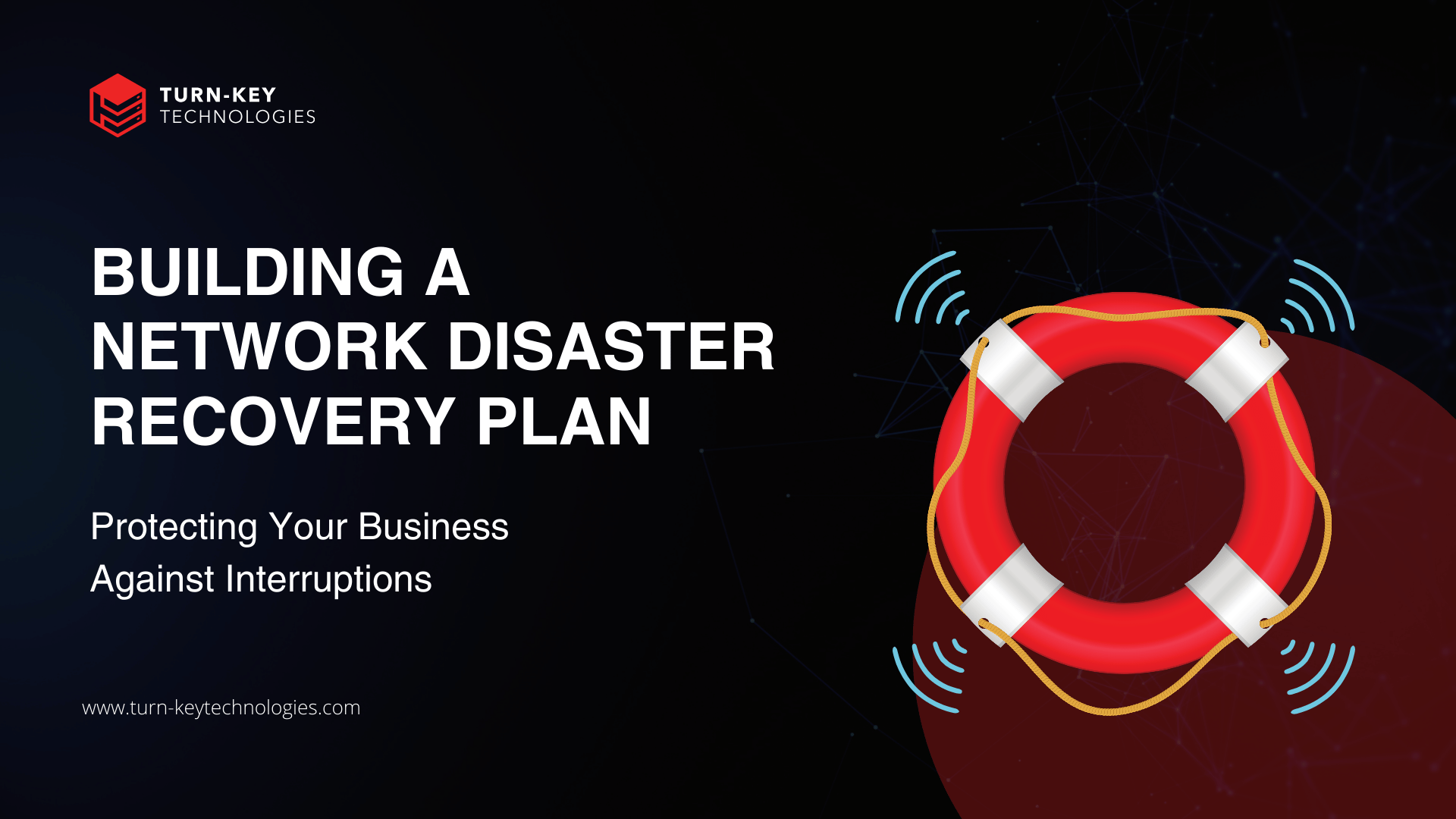How to Create an Effective Network Disaster Recovery Plan: Essential Steps for Business Continuity
A comprehensive network disaster recovery plan is vital for maintaining business continuity in the face of unexpected disruptions. These disruptions...




